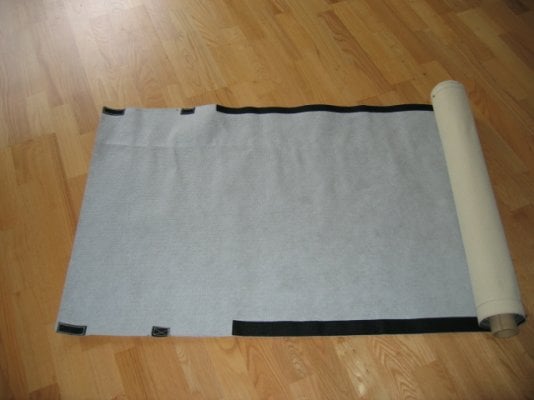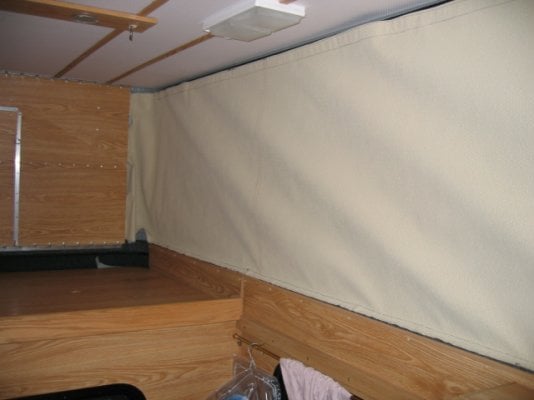Dear Paulie,
I own an "Artic" Pac from ATC and I use it all the time, although I'm still not sure it's worth what I paid for it.
As for R value, the Pac has very little, but as Stan says when it is installed, it provides an inch or so of dead air that does seem to keep the camper warmer.
Interestingly, I have also often used the "Artic" Pac in the summer. On sunny, summer days the dark-grey material of the pop-up sides can get very hot. If I open the pop-up's windows to the screens and leave the installed Pac's window-flaps closed, the interior stays noticeably cooler.
Maybe it could be marketed as the "Sahara" Pac for those scorching days. What do you think, Stan?
Hope this helps.
I own an "Artic" Pac from ATC and I use it all the time, although I'm still not sure it's worth what I paid for it.
As for R value, the Pac has very little, but as Stan says when it is installed, it provides an inch or so of dead air that does seem to keep the camper warmer.
Interestingly, I have also often used the "Artic" Pac in the summer. On sunny, summer days the dark-grey material of the pop-up sides can get very hot. If I open the pop-up's windows to the screens and leave the installed Pac's window-flaps closed, the interior stays noticeably cooler.
Maybe it could be marketed as the "Sahara" Pac for those scorching days. What do you think, Stan?
Hope this helps.




